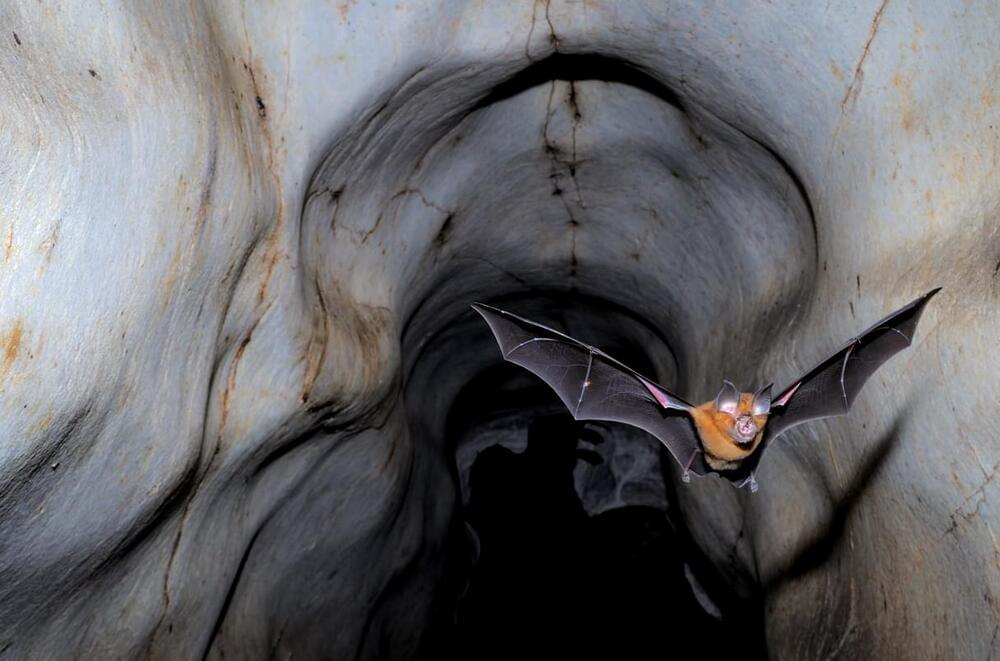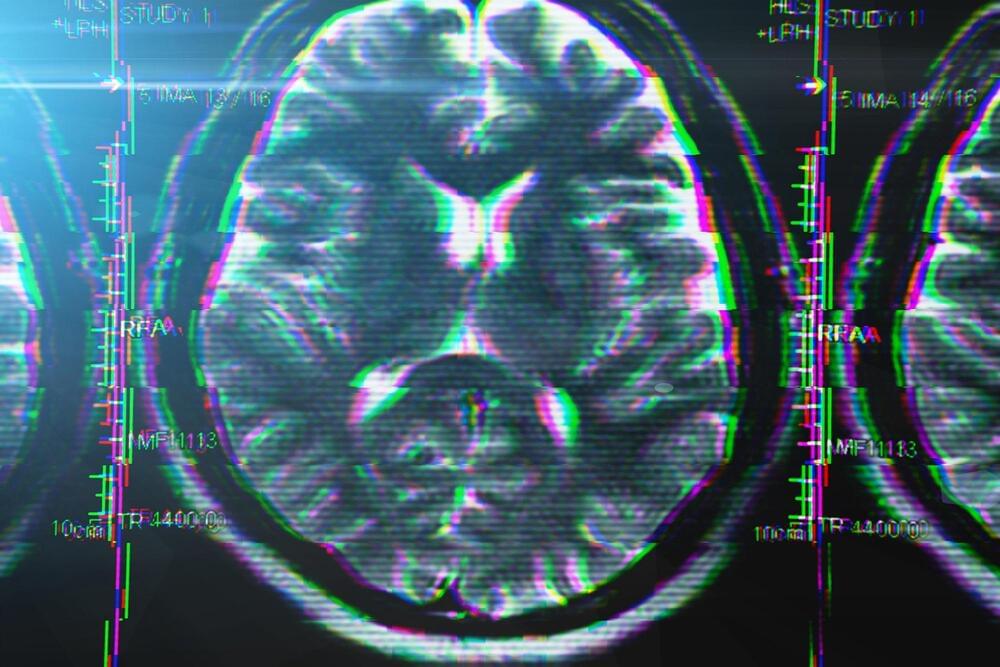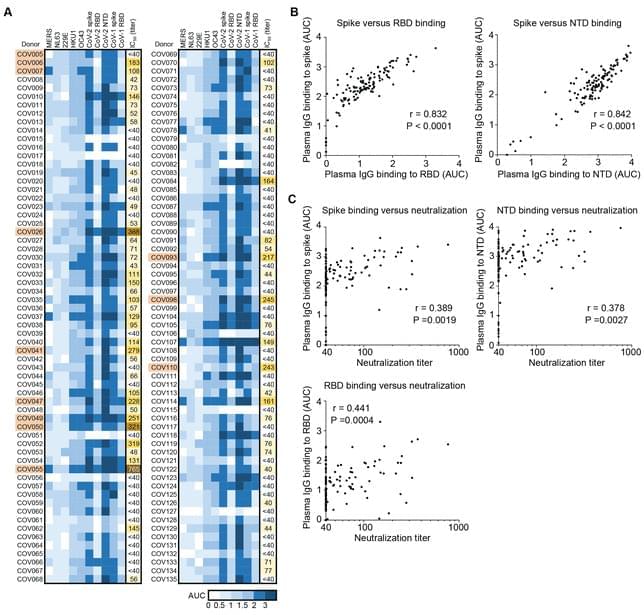Sep 17, 2021
MASK Architects designed the world’s first steel 3D printed structure of modular houses in Orani, Sardinia, Italy
Posted by Omuterema Akhahenda in categories: cyborgs, habitats
MASK Architects has designed the world’s first steel 3D printed structure of modular houses for Nivola Museum’s visitors, Tourists and Artists in Orani, city of Sardinia. Öznur Pınar Cer and Danilo Petta have Inspired from the work of “Costantino Nivola”, they have designed “Exosteel Mother Nature” modular houses which they have taken inspiration from him sculpture called the “La Madre”.
The studio is the first architecture and design studio in the world to use a steel 3D-printed “exoskeleton” construction system that supports and distributes all the functional elements of the building, using their new solution of construction technique which they called “EXOSTEEL”.
The house is composed firstly by a hollow central column inserted for one / third of its length into the ground and by various organic branches that support the three floors of the building. On each floor a perimeter frame divides and supports the facades made up of panels modeled to follow the organic shape of the house.















